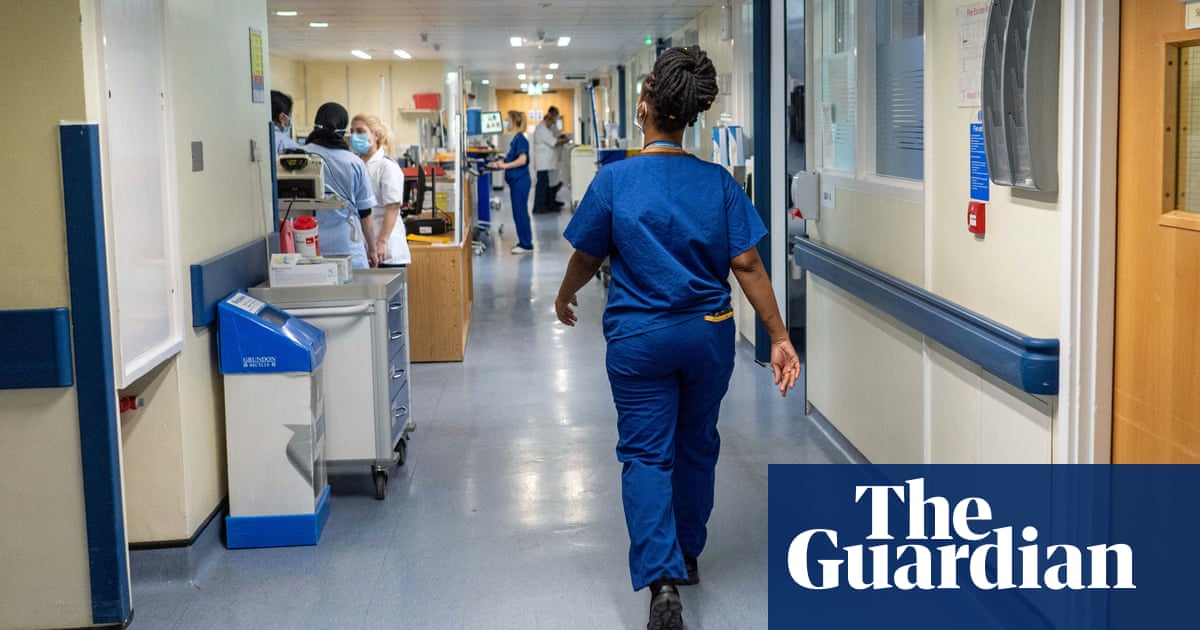
Coronavirus infections in England are now 26 times the levels that were experienced this time last year, according to the Office for National Statistics. Scientists described the figures as “sobering”.
They warned that the reopening of schools in England this week was likely to trigger further rises in Covid cases – with more to follow when students return to universities and colleges. A fresh wave of infections could, in turn, lead to new social restrictions being imposed as winter approaches.
As a result, pressure is mounting on the Joint Committee on Vaccination and Immunisation to approve the deployment of booster jabs for vulnerable people and the extension of vaccinations to most 12- to 15-year-olds. The latter move would bring the UK into line with the US and most large European nations and is backed by most ministers.
Simon Clarke, associate professor in cellular microbiology at Reading University, said that in the week ending 20 August, the ONS estimated that 756,900 people in England were infected with Covid-19, which equated to one person in 70.
“This time last year, the ONS estimated that 28,200 people in England were infected. That is the equivalent of one person in 1,900 being infected with Covid-19. That means that community infections are 26 times more common now than they were a year ago, when the population was unvaccinated and the country was three months into its reopening.”
The fact that deaths and hospital admissions from Covid-19 are a fraction of their levels in August 2020 demonstrates the protective power of the vaccines – more than 60% of the UK population has had two jabs.
“The last time infections were at their current level in England was late January,” said Kevin McConway, emeritus professor of applied statistics at the Open University. “There were around 2,300 daily hospital admissions and 1,100 deaths a day then. By contrast, the most recent daily figures for England are about 770 hospital admissions and about 80 deaths.”
However, the high case level across the country still worries scientists. “Increasing numbers of community infections still translate into growing numbers of very sick patients, and an unnecessarily high burden on the NHS,” said Clarke. He added that cooler autumn weather, leading to increased indoor social mixing, was likely to drive further increases in coming weeks.
“The end of summer holidays and return of people to work and education, without clear guidance on physical measures to avoid transmission such as mask wearing or social distancing, is also likely to push up infection rates.”
This point was backed on Saturday by Mike Tildesley, a member of the Scientific Pandemic Influenza Group on Modelling (Spi-M) which advises the government. Speaking to Times Radio, he said September would be a key month for monitoring Covid-19 and argued that vaccinating younger age groups could provide protection beyond classrooms.
“Schools are no more risky than any other environment where people mix in close proximity to one another. But it’s what happens around schools – when schools go back, parents tend to return to work and people mix in other environments. If we have high levels of vaccination across younger age groups, it should provide both direct and indirect protection.”
Care was also going to be crucial later in the month when universities return, added Professor Linda Bauld, a behavioural scientist at Edinburgh University. “Universities will have to do three things: provide access to good regular testing; help to provide vaccines for students who have not had them; and maintain some forms of mitigation to combat virus spread. Hundreds of student lectures are online, but all the tutorials and seminars are face to face. Wearing face coverings and ensuring similar measures might help to make university life more manageable this year.”












